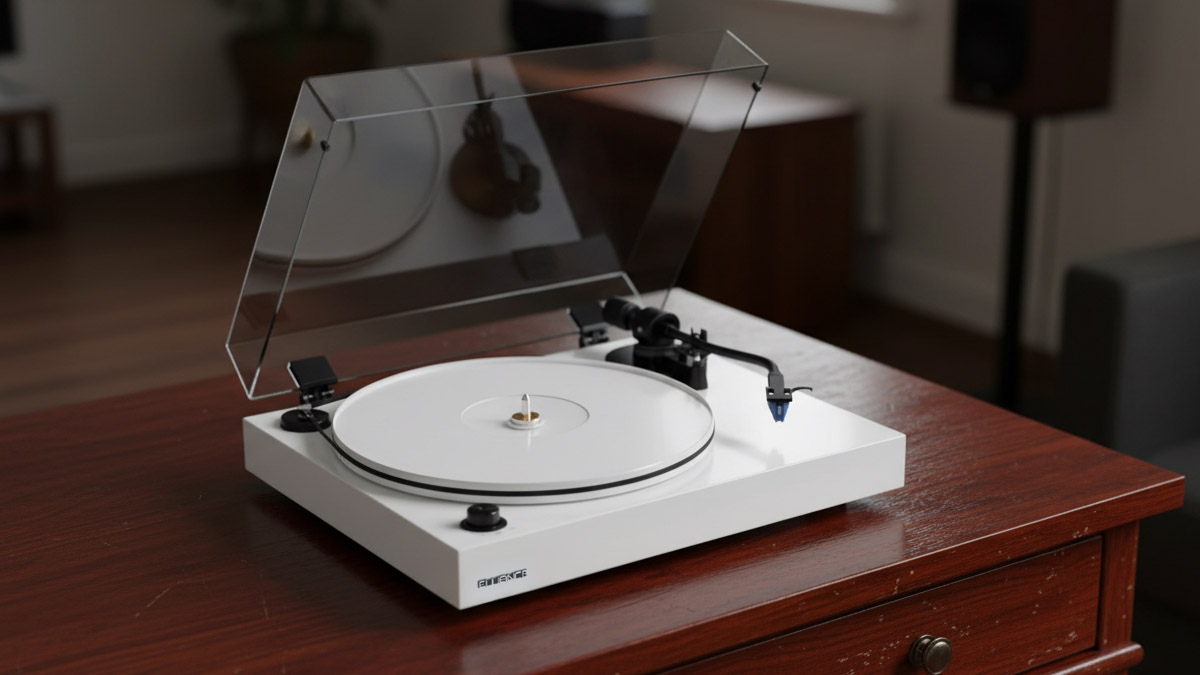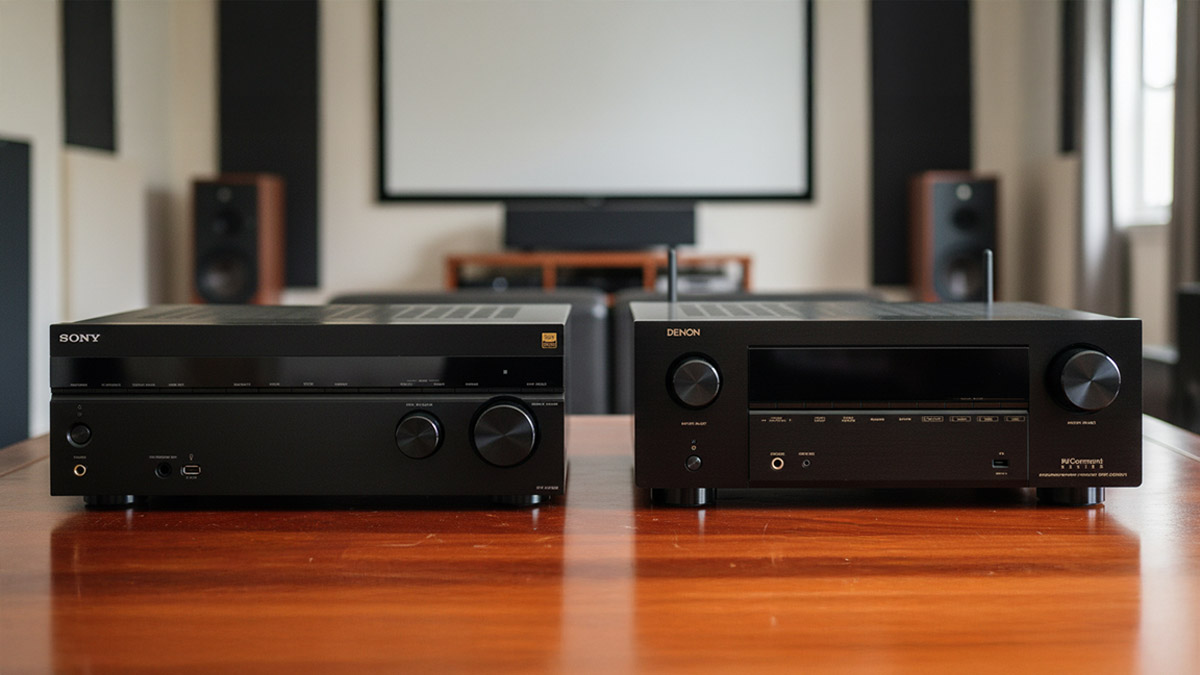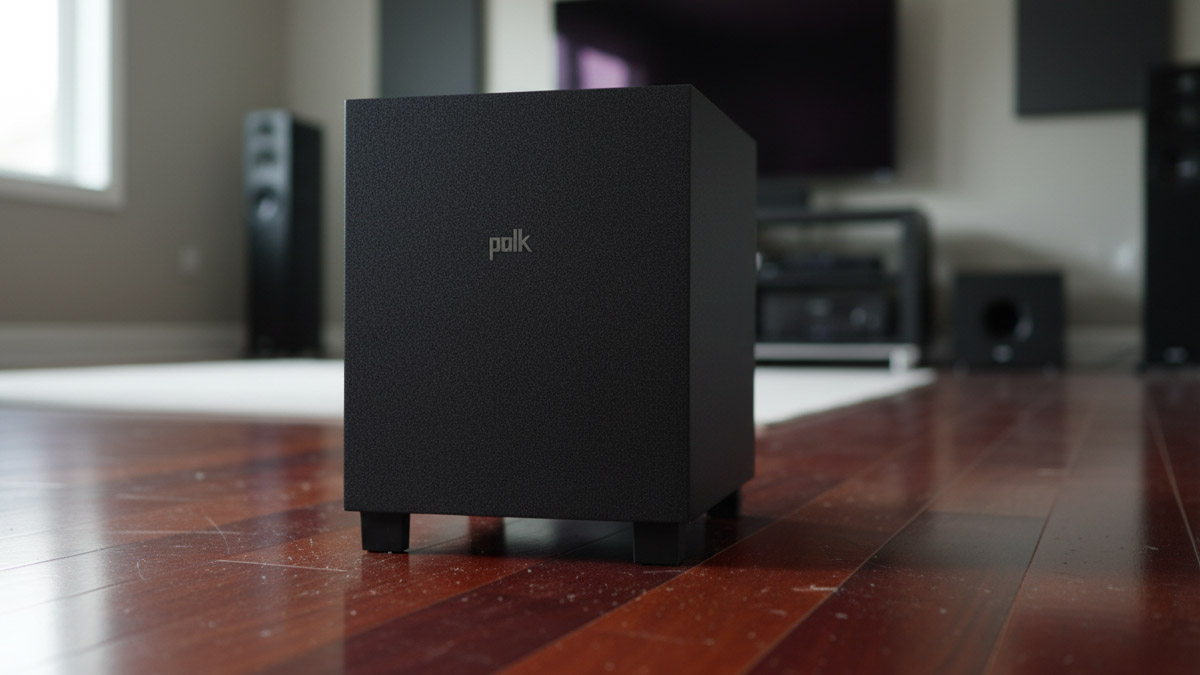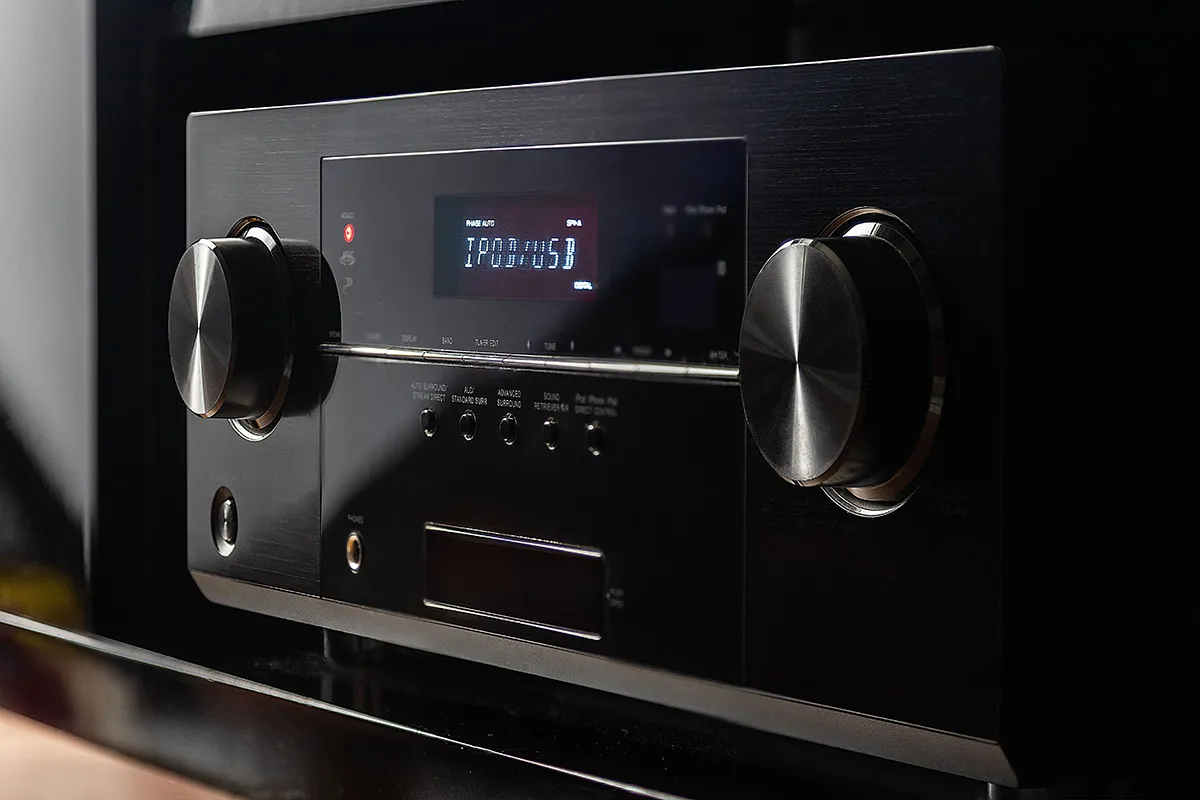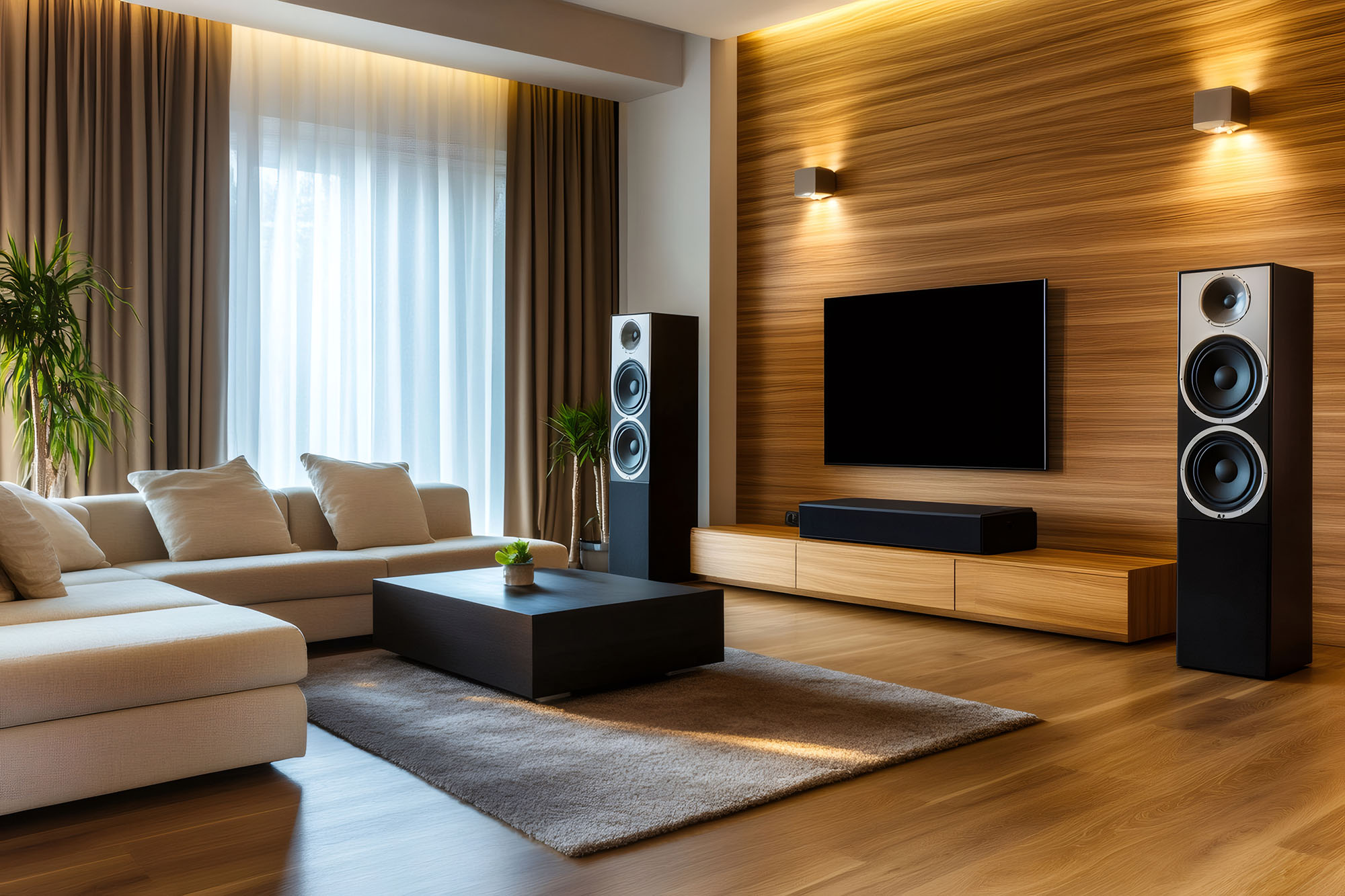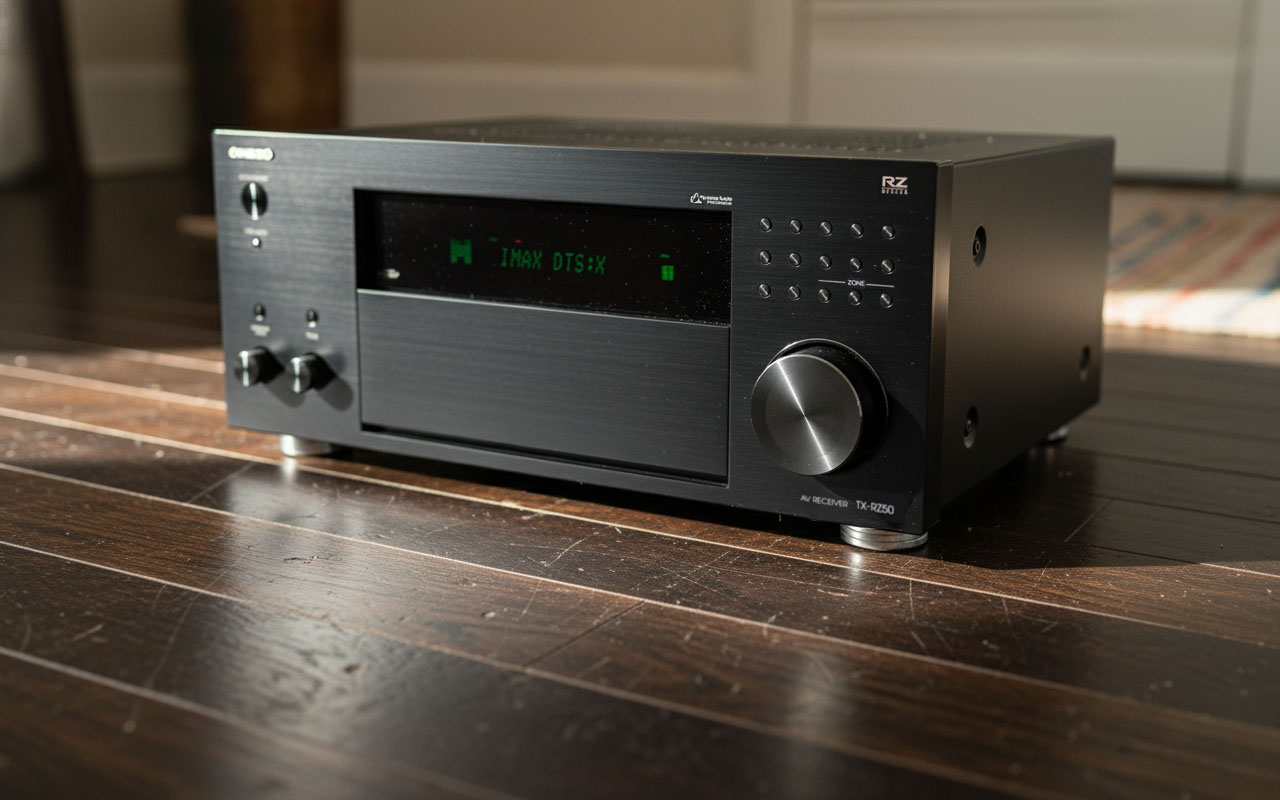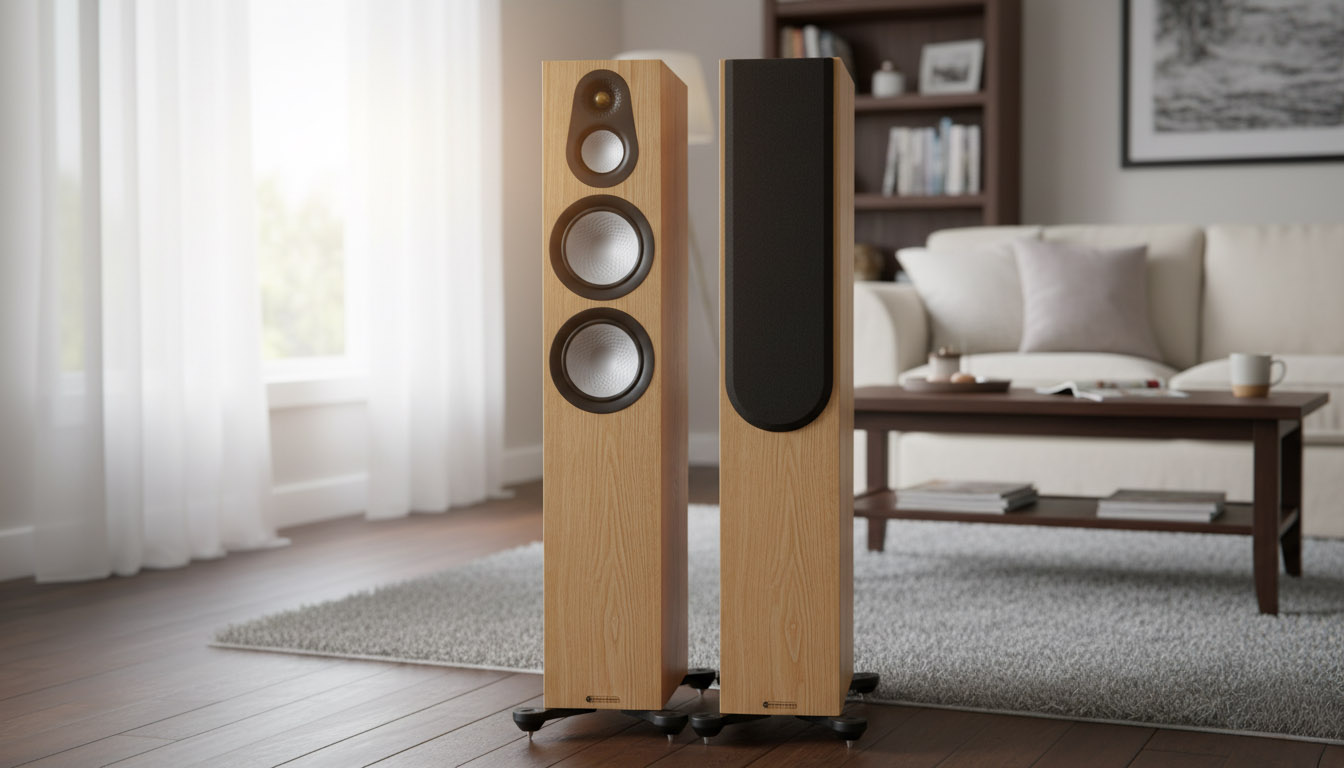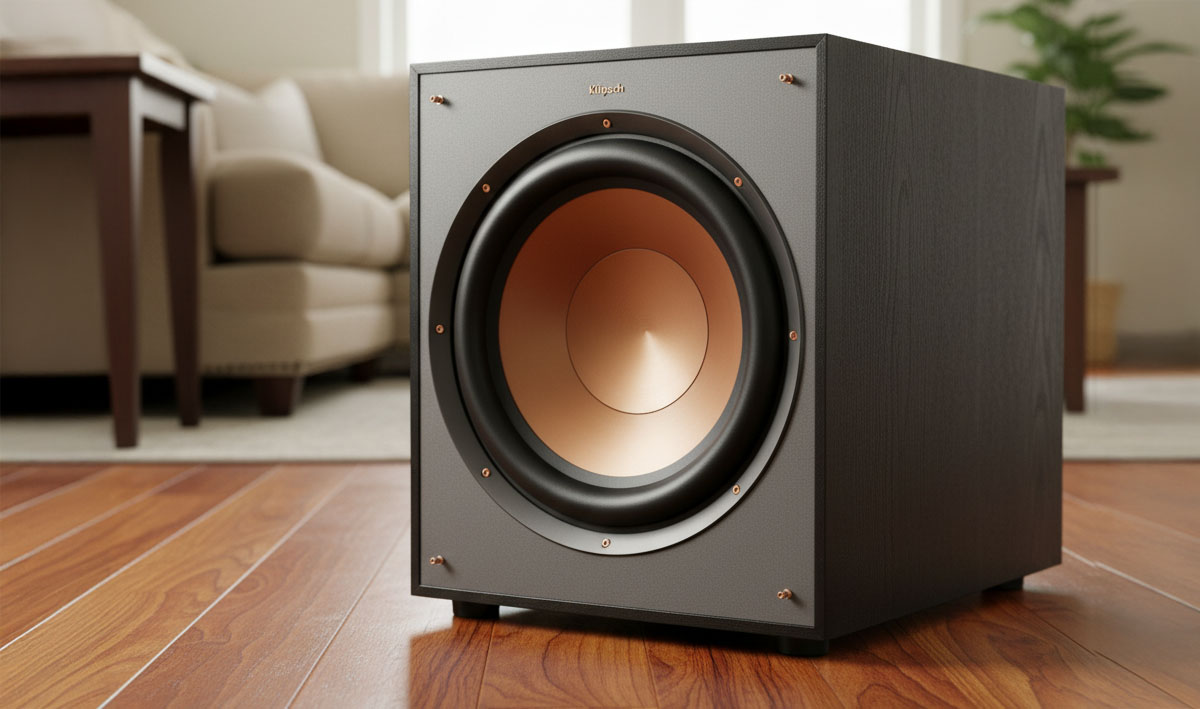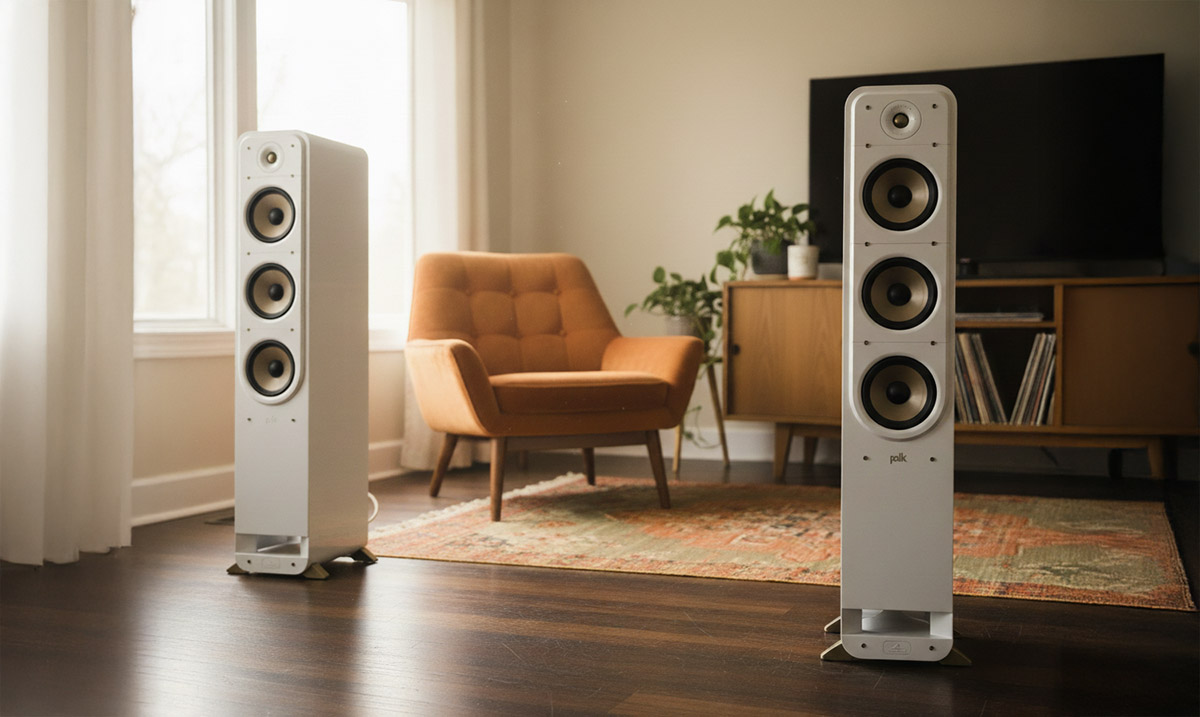Quick Take
The Fluance RT85 is built for listeners who want a clean jump over starter tables without turning setup into a hobby. Owners praise its steady speed, low noise floor, and the lively detail of the factory-mounted Ortofon 2M Blue. Setup is simple, the acrylic platter helps pitch stability, and the defeatable auto-stop saves stylus wear when you forget a side spinning. You will still need an external phono stage and a little care with placement, but once it is leveled and loaded correctly, the RT85 gets out of the way and lets your records breathe.
Pros
![]() Cohesive, steady sound with piano notes and vocals that don’t waver
Cohesive, steady sound with piano notes and vocals that don’t waver
![]() Lively detail from the 2M Blue that makes cymbals and strings feel immediate
Lively detail from the 2M Blue that makes cymbals and strings feel immediate
![]() Cleans up pitch stability with an acrylic platter and optical sensor motor
Cleans up pitch stability with an acrylic platter and optical sensor motor
![]() Very low audible motor noise from the decoupled, servo-controlled belt drive
Very low audible motor noise from the decoupled, servo-controlled belt drive
![]() Defeatable auto-stop that prevents needless stylus wear
Defeatable auto-stop that prevents needless stylus wear
![]() Solid build and straightforward factory alignment
Solid build and straightforward factory alignment
Cons
![]() Top end can tip bright in lively rooms until capacitance and toe-in are dialed
Top end can tip bright in lively rooms until capacitance and toe-in are dialed
![]() No built-in phono preamp, so you must add an external stage
No built-in phono preamp, so you must add an external stage
![]() The 2M Blue can sound a touch forward on hot pressings in bright rooms
The 2M Blue can sound a touch forward on hot pressings in bright rooms
![]() Best results require careful leveling and basic isolation
Best results require careful leveling and basic isolation
![]() Two speeds only, so shellac collectors and 78s are off the table
Two speeds only, so shellac collectors and 78s are off the table
Introduction
The Fluance RT85 turntable sits near the top of Fluance’s belt-drive Reference line. It aims to give you the upgrades that matter most in real listening rooms: stable speeds, low mechanical noise, a capable cartridge already aligned, and a platter that damps vibration rather than adding it. That means a servo-controlled motor governed by an optical speed sensor, a gimbal-bearing S-arm, a 12 inch acrylic platter, and the Ortofon 2M Blue installed at the factory. Add a simple, defeatable auto-stop and you have a table that favors music over endless tweaking.
Key Features of the RT85 Turntable
Optical-sensor, servo-controlled belt drive
The motor constantly checks and corrects speed with an optical sensor. That steadies sustained piano notes and long string lines that often wander on simpler belt drives. You hear less pitch drift and a calmer sense of flow. If you like to verify things, a quick test with a 3,150 Hz tone and a wow-and-flutter app will show why the RT85 sounds so composed.
12 inch acrylic platter
Acrylic couples well to vinyl and does not need a mat. That direct contact reduces micro-vibrations that blur transients and also cuts static that felt mats can build up. Start matless as designed. If your room is bright and you want a tiny softening of leading edges, you can experiment with a very thin cork or cork-rubber mat, but the default is already a smart choice.
Gimbal-bearing S-shaped tonearm
A gimbal keeps friction low and movement consistent in both planes. That steadiness helps the stylus track inner grooves cleanly and reduces splashy treble or sibilance. Standard anti-skate and an adjustable counterweight make setup quick. A simple resonance sanity check puts this arm with the 2M Blue in the audible sweet zone, which is one reason bass stays tidy when the table is leveled.
Ortofon 2M Blue, pre-aligned
The Blue’s nude elliptical stylus digs more detail and air out of the groove than many bundled cartridges. Expect a lively top end, clear vocals, and good separation. If a few records feel edgy, it is usually a gain or capacitance mismatch rather than the cartridge itself, which you can fix with your phono stage settings.
Defeatable auto-stop
When a side ends, auto-stop can keep the stylus from riding the runout forever. It is easy to turn off for critical sessions so the arm sees a pure runout groove. It is a nice quality-of-life touch that does not add noise.

Two speeds, bring your own phono stage
You get 33⅓ and 45 RPM. There is no internal phono preamp and no 78. That may sound like a con, but it lets you choose a phono stage that matches the 2M Blue, which pays off more than most lateral cartridge swaps.
Low noise floor
With the motor decoupled and the platter damping energy, background hiss and hum stay low when the table is leveled and isolated. You notice it most in quiet passages where room tone feels natural rather than hazy.
Sound Quality and Setup
The first thing many listeners notice is pitch confidence. Piano, organ, and slow string pads hold steady rather than swim. That steadiness improves the feel of rhythm sections too. Kick and bass lock better with the rest of the band because the table is not pulling the timing around. The Ortofon 2M Blue adds a clean, forward midrange that lights up vocals and guitar harmonics. Cymbals have quick shimmer. Bass tends toward tight rather than bloated, which is a welcome change if you are stepping up from an entry belt drive with a light platter and felt mat.
A lot of the Fluance RT85’s “it just sounds right” comes from the basics done well. The arm tracks cleanly when the counterweight and anti-skate are set in the normal range. Because there is no internal preamp, the presentation scales with your external phono stage. Match the 2M Blue at 47kΩ with total capacitance in the rough 150 to 300 pF window, counting the cables and the stage together. If highs feel splashy, you are probably over that range. A stage with selectable capacitance often smooths cymbals without dulling them.
There are a few practical gotchas worth knowing. Leave the dust cover closed or remove it when you play. An open cover can bounce mid and treble energy back toward the cartridge and add a faint glare. Level the plinth and confirm the platter level separately. A half bubble off shifts channel balance and anti-skate behavior, which you will hear as a drifting image or rising sibilance. If your floor is springy, put the RT85 on a rigid slab with compliant pucks under it. That simple sandwich often beats pricey feet at stopping footfall feedback.
Who Is It For?
Pick the Fluance RT85 turntable if you want a meaningful upgrade over starter decks and would rather listen than chase mods. It makes the most sense for listeners who already have an integrated amp or AVR with a proper phono input, or who plan to add a dedicated MM phono stage. It pairs well with mid-sensitivity speakers in small to medium rooms where steadiness, clarity, and a low noise floor matter more than a laundry list of tweak points. If you need 78 RPM, on-arm VTA adjustment from the factory, or an internal preamp, you will want to look elsewhere.
Tips for Better Results
- Level the table carefully. Check the plinth, then the platter, and shim if needed.
- Set the 2M Blue around 1.8 g tracking force and a matching anti-skate start point, then fine-tune by ear on inner grooves.
- Aim for about 47kΩ and 150 to 300 pF total capacitance on the phono input. Cable swaps that raise capacitance can make the top end edgy.
- Keep the dust cover closed or remove it during playback.
- If bass feels loose or the soundstage swims with footfalls, add a butcher-block or stone slab with pucks under the feet.
- Do a quick wow and flutter health check with a test tone or strobe. If readings drift, re-seat the belt and re-check.
- After 20 to 30 hours the suspension settles. Recheck tracking force and anti-skate and nudge the counterweight if the image has shifted.
- For stylus care, use a dry brush before each session. Avoid liquids unless the stylus maker explicitly allows them.
- If you want a smoother top end later, stepping from a Blue stylus to a Bronze can clean up inner grooves, but only after you have loading right.
Alternatives to Consider
Fluance RT82 and RT83
The RT82 shares the same sensor-controlled motor and is the best budget start if you plan to upgrade platter and cartridge later. The RT83 moves the bundle up a notch but lacks the acrylic platter and the 2M Blue of the RT85. If you want the finished recipe now, the RT85 is simpler. If you enjoy the journey, start with RT82 and build up as you go.
Fluance RT85N
This is the RT85 with a Nagaoka MP-110 instead of the 2M Blue. Many describe the MP-110 as a touch warmer and smoother up top. Choose the RT85N if your room is lively and you want a slightly rounder presentation out of the box.
Pro-Ject Debut Carbon Evo
A strong rival with a carbon arm and felt-mat alloy platter. It has very good speed behavior but lacks the RT85’s sensor governance and matless acrylic approach. If you value a carbon arm’s feel and look, the Pro-Ject tempts. If you want the RT85’s steady pitch and static resistance, stick with acrylic.
Audio-Technica AT-LP7
Heavier plinth and a built-in phono preamp for convenience. The RT85 lets you choose a better-matched external stage and leans a bit more lively with the 2M Blue. If you want a one-box path, the AT-LP7 is attractive. If you want to tune your front end as you grow, the RT85 gives you that path.
Final Thoughts
The Fluance RT85 wins by nailing the fundamentals. It holds speed, keeps noise down, and ships with a cartridge that resolves real detail and space. The small touches are smart rather than flashy. An acrylic platter that does not need a mat. A motor that checks itself. Auto-stop you can turn off. The result is a table that feels honest and confident. Treat setup with care, pick a phono stage that loads the 2M Blue correctly, and the RT85 will deliver that relaxed, musical clarity people chase when they move beyond starter gear.
Frequently Asked Questions
Does it have a built-in phono preamp?
No. You will need an amp with a phono input or an external phono stage.
Can I play 78 RPM records?
No, it supports 33⅓ and 45 RPM only.
Is the Ortofon 2M Blue too bright?
It is lively on top. If it feels edgy, check phono capacitance, cable choice, speaker toe-in, and room reflections first.
Should I use a mat on the acrylic platter?
Start without one. The acrylic is designed for direct coupling. A very thin mat is optional if you are tuning for a softer attack.
How do I reduce footfall issues?
Place the table on a rigid slab with compliant pucks, or use a wall shelf. Re-level afterward.
What tracking force should I use?
Begin at the cartridge maker’s recommendation around 1.8 g for the 2M Blue and fine-tune by ear on inner grooves.
Is auto-stop safe to use?
Yes. It is handy for daily listening. For critical sessions, you can disable it and cue by hand.
What upgrades make sense later?
A better-matched external phono stage before a cartridge change. If you do upgrade the stylus, the Bronze is the logical step.
How do I measure speed stability?
Use a strobe disc or a 3,150 Hz test tone and a phone app. If readings drift, re-seat or replace the belt and re-check level.
Will cable swaps help the sound?
They can hurt if they raise capacitance too much. Pick low-capacitance interconnects and keep runs short.
Teksignal.com participates in the Amazon Services LLC Associates Program, an affiliate advertising program designed to provide a means for sites to earn advertising fees by advertising and linking to Amazon.com. The reviews on this site are hands-off consensus reviews. We analyzed owner feedback across the internet and manufacturer documentation. We summarize sentiment; we do not republish individual user posts.

